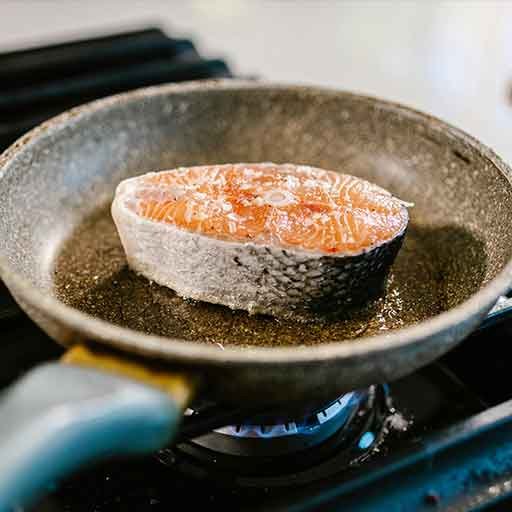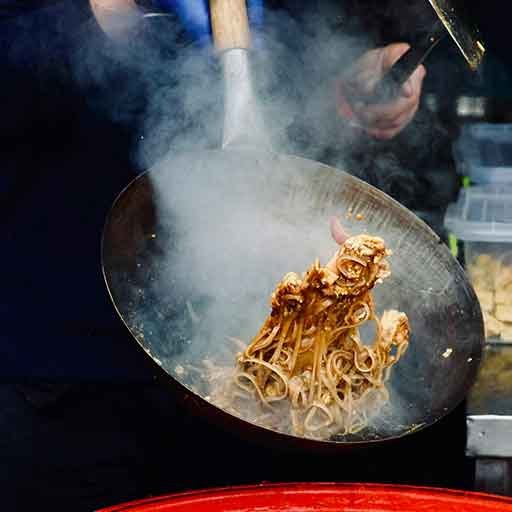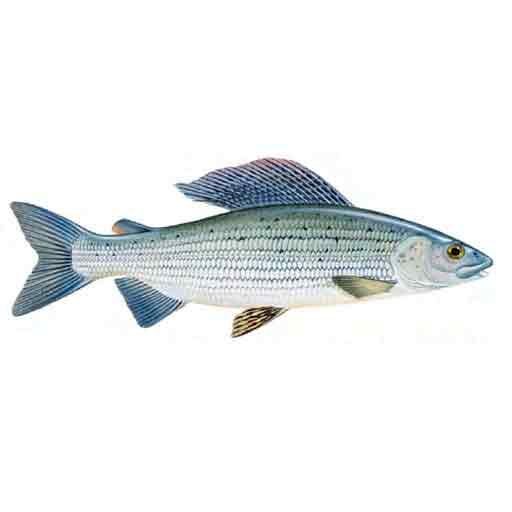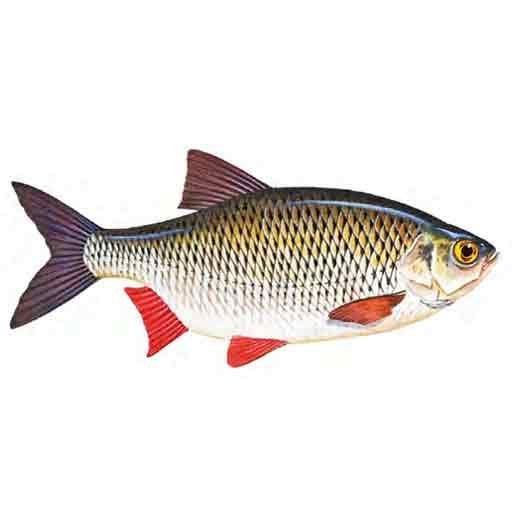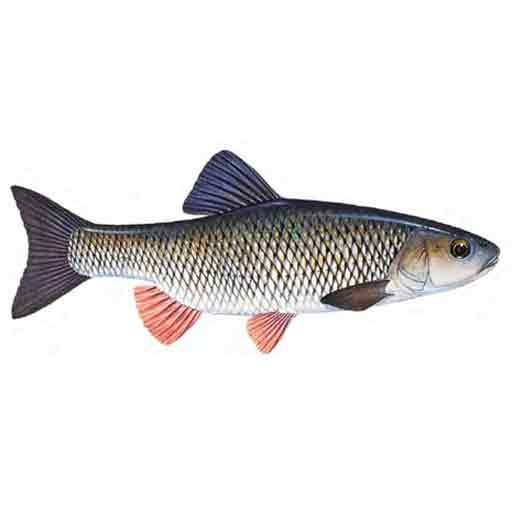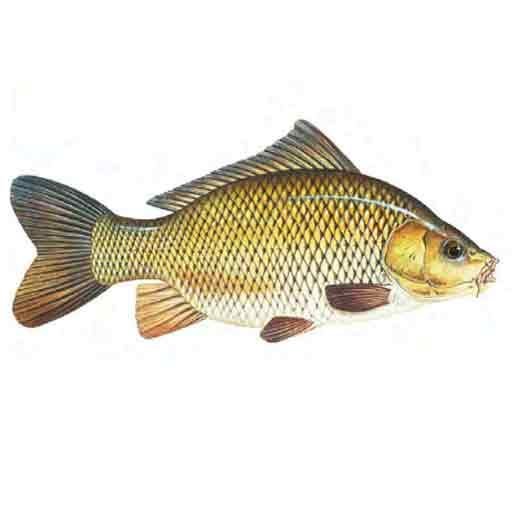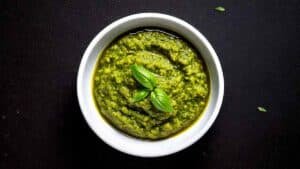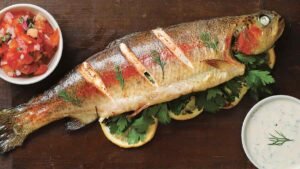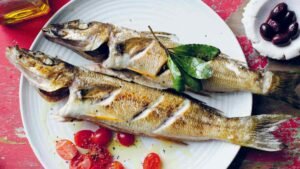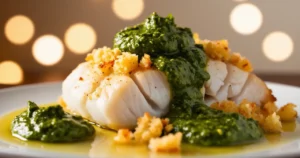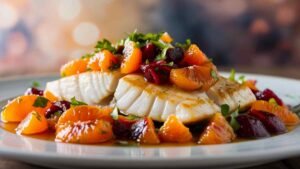Tench are popular fishing bait throughout Europe and are known as dog-like warriors when hooked. They live in relatively warm ponds and lakes but can also live in slow-moving or still lower reaches of some rivers. They are known to feed hardest in the early morning, on the banks of dense vegetation such as reed beds. During the winter, tench are known to stay in the mud and not feed.
Tench breed in shallow water and the larvae remain attached to the vegetation for a few days after hatching. They are slow-growing fish and their small scales are covered in a thick layer of protective mud. The pelvic fin of the male tench is longer than that of the female. Dawn is traditionally considered by anglers to be the best time of day for tench fishing.


